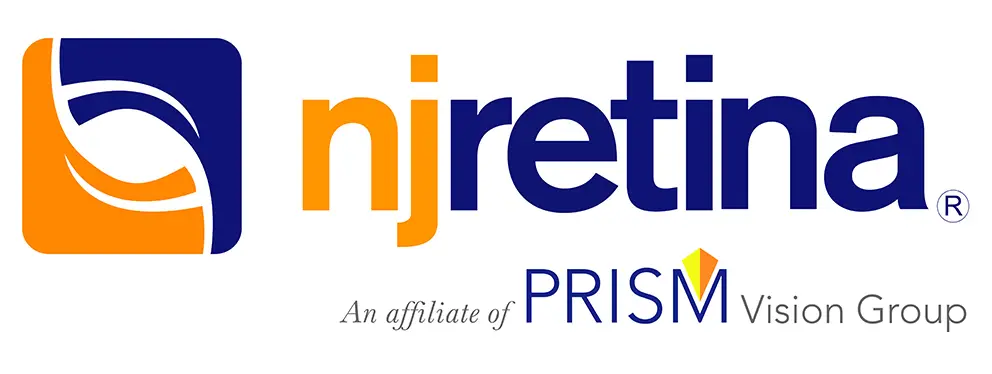When it comes to taking care of your eyes, scientists are always working hard to find treatments that can make a big difference in people’s lives. Thanks to their efforts, we now have the first and only treatment approved by the FDA for a condition called geographic atrophy, which happens in the later stages of a disease called dry age-related macular degeneration (AMD). The treatment is called Syfovre™, and it’s a medicine that is injected into the eye. In clinical tests, it has been proven to be safe and effective and can slow down the progression of Geographic Atrophy.
Geographic atrophy is a serious condition that affects over a million Americans. It affects your central vision, which is important for activities like driving, reading, and cooking. With geographic atrophy, cells are damaged in the retina which leads to blind spots in the vision. Over time these blind spots may enlarge and cause problems with vision.
Some of the risk factors for geographic atrophy include getting older, having a family history of AMD and smoking.
Besides losing central vision, geographic atrophy can cause problems like reduced ability to see clearly, trouble seeing in dim lighting, colors looking dull, and blind spots in your field of vision. Over time, geographic atrophy can lead to permanent vision loss.
The Syfovre™ FDA approval is a breakthrough in eyecare. After decades of research and clinical trials, we now have a therapy that is both safe and effective in slowing down geographic atrophy.
Here are some frequently asked questions about Syfovre™:
Q: How is Syfovre™ given?
A: Syfovre™ is given as an injection directly into the white of the eye.
Q: How often do you get Syfovre™?
A: Syfovre™ can be given every 25 to 60 days, so there is some flexibility in how often you need it.
Q: How does Syfovre™ work?
A: Syfovre™ targets a specific protein in the immune system called the complement pathway. Research has shown that Syfovre™ slows down the growth of the spots by up to 36% between 18 and 24 months of the studies. The therapy has been shown to create a strong response over time.
Q: What is Syfovre™ not effective for?
A: Syfovre™ doesn’t work for people with early, dry AMD. It also doesn’t completely stop the progression of geographic atrophy.
Geographic atrophy is a serious condition that needs regular monitoring. The recent approval of Syfovre™ by the FDA is a big step forward for patients. If you want to learn more about whether you’re eligible for the treatment or if you have any questions about your retinal health, you can schedule a consultation.
